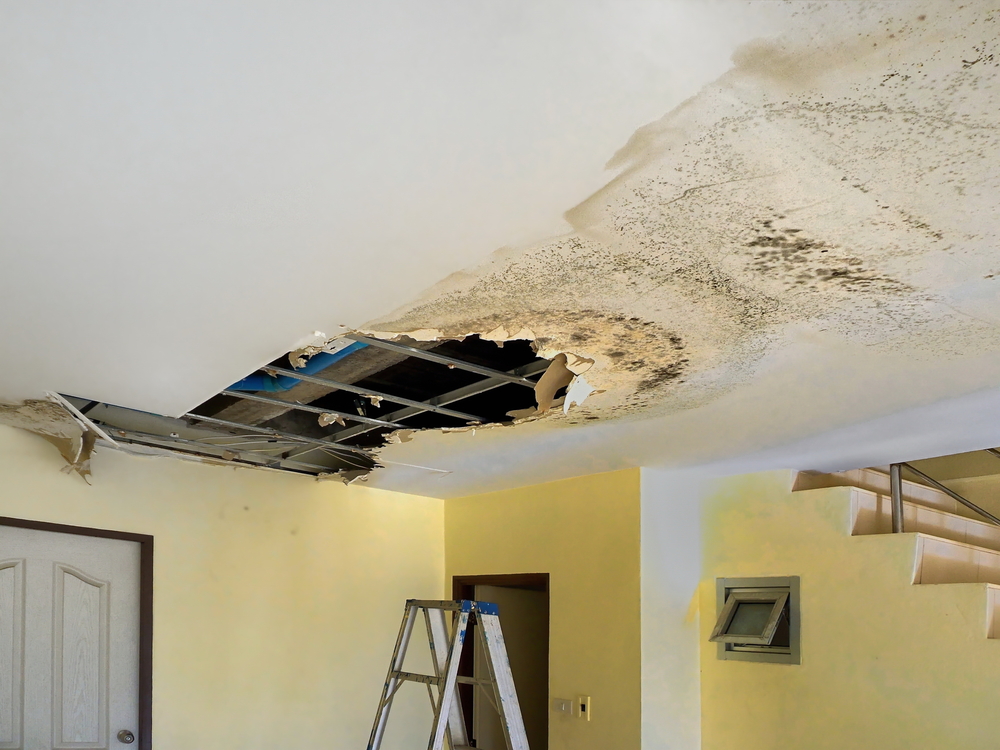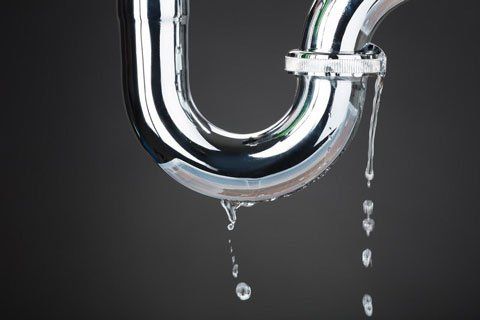We have come across this great article pertaining to Locating water leaks down the page on the internet and felt it made good sense to share it with you on my blog.

Early detection of dripping water lines can minimize a potential catastrophe. Some tiny water leaks might not be noticeable.
1. Check Out the Water Meter
Every residence has a water meter. Checking it is a guaranteed manner in which assists you find leaks. For beginners, turn off all the water sources. Make certain no person will purge, utilize the faucet, shower, run the cleaning maker or dish washer. From there, most likely to the meter and also watch if it will alter. Given that nobody is using it, there should be no activities. If it moves, that shows a fast-moving leakage. If you spot no changes, wait an hour or two as well as inspect back once again. This indicates you may have a slow leak that could also be below ground.
2. Examine Water Intake
Assess your water expenses and also track your water intake. As the one paying it, you must see if there are any disparities. If you detect sudden changes, regardless of your intake being the same, it means that you have leaks in your plumbing system. Keep in mind, your water expense must drop under the exact same variety on a monthly basis. An abrupt spike in your expense indicates a fast-moving leak.
A steady increase every month, even with the very same practices, reveals you have a slow leak that's additionally slowly intensifying. Call a plumber to extensively check your home, specifically if you feel a warm location on your flooring with piping below.
3. Do a Food Coloring Test
30% comes from commodes when it comes to water intake. Examination to see if they are running properly. Drop specks of food color in the tank and wait 10 minutes. There's a leak between the container and also bowl if the color somehow infiltrates your dish throughout that time without flushing.
4. Asses Outside Lines
Don't forget to examine your outdoor water lines also. Test faucets by connecting a garden tube. Must water seep out of the link, you have a loosened rubber gasket. Replace this and also guarantee all links are tight. If you've obtained a lawn sprinkler, it will assist get it skillfully examined and also kept each year. One small leak can waste lots of water and also surge your water bill.
5. Evaluate and Analyze the Circumstance
Property owners must make it a behavior to check under the sink counters as well as also inside cabinets for any type of bad odor or mold development. These two warnings indicate a leakage so punctual interest is needed. Doing regular evaluations, also bi-annually, can conserve you from a significant issue.
Inspect for stainings and also compromising as the majority of pipes and home appliances have a life expectancy. If you think dripping water lines in your plumbing system, do not wait for it to rise.
Early discovery of dripping water lines can mitigate a prospective calamity. Some little water leakages might not be noticeable. Inspecting it is a guaranteed method that assists you find leaks. One tiny leak can throw away tons of water and also increase your water costs.
If you presume dripping water lines in your plumbing system, do not wait for it to intensify.
WARNING SIGNS OF WATER LEAKAGE BEHIND THE WALL
PERSISTENT MUSTY ODORS
As water slowly drips from a leaky pipe inside the wall, flooring and sheetrock stay damp and develop an odor similar to wet cardboard. It generates a musty smell that can help you find hidden leaks.
MOLD IN UNUSUAL AREAS
Mold usually grows in wet areas like kitchens, baths and laundry rooms. If you spot the stuff on walls or baseboards in other rooms of the house, it’s a good indicator of undetected water leaks.
STAINS THAT GROW
When mold thrives around a leaky pipe, it sometimes takes hold on the inside surface of the affected wall. A growing stain on otherwise clean sheetrock is often your sign of a hidden plumbing problem.
PEELING OR BUBBLING WALLPAPER / PAINT
This clue is easy to miss in rooms that don’t get much use. When you see wallpaper separating along seams or paint bubbling or flaking off the wall, blame sheetrock that stays wet because of an undetected leak.
BUCKLED CEILINGS AND STAINED FLOORS
If ceilings or floors in bathrooms, kitchens or laundry areas develop structural problems, don’t rule out constant damp inside the walls. Wet sheetrock can affect adjacent framing, flooring and ceilings.
https://www.servicemasterbyzaba.com/blog/how-to-detect-water-leakage-in-walls/

I'm certainly very drawn to Detecting hidden plumbing leaks and I really hope you appreciated the piece. Sharing is good. Helping people is fun. We treasure reading our article about Leaking water lines.